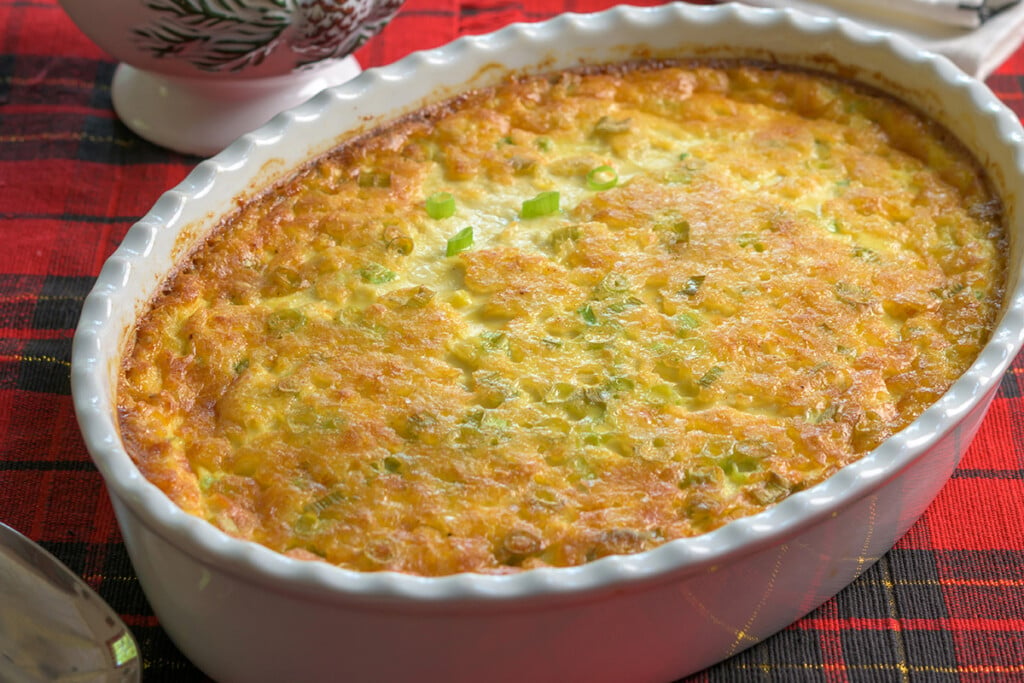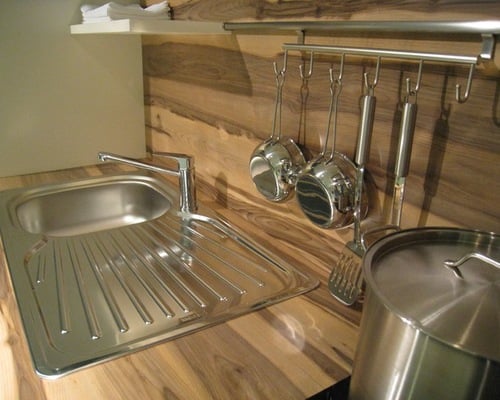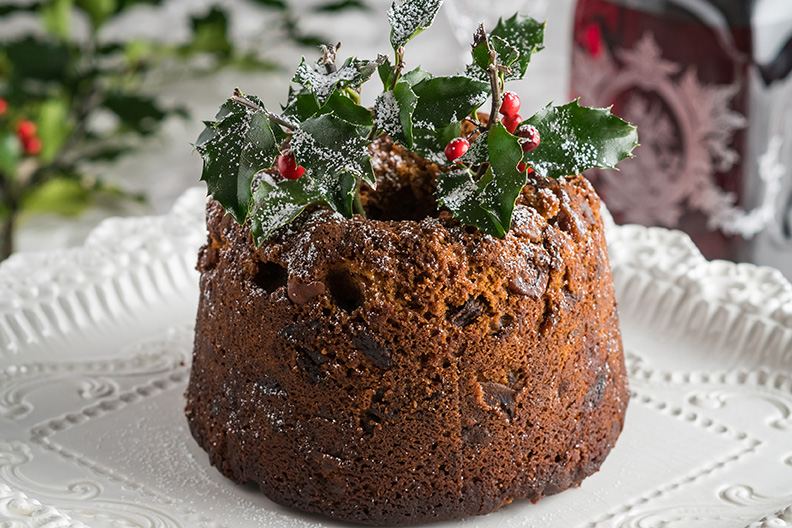A Korean-style New Year
Sue (Suncha) Baker, the energetic owner of Sue’s Korean Kitchen, a small restaurant located in a quiet plaza at 74 Portsmouth Ave. in Stratham, knows all about preparing traditional foods to celebrate the holidays. Known as Seollal, Korean New Year is a three-day affair that will be celebrated this year from January 28 to 30. Dates are determined by the lunar calendar and vary each year.
Chef Sue has worn many hats: chef, sous chef, host, marketing director and now, culinary instructor. Her food-focused journey began in Pohang, Korea, where she learned to cook under her grandmother’s loving guidance. In her 20s, she moved to the States, carrying with her a deep passion for food. Her experience cooking for her large family and volunteering in her community blossomed into a love for sharing authentic and creative Korean cuisine with the public.
For six years, Sue served a loyal following of customers, but now she has a new goal in mind: transforming the restaurant into an instructional kitchen and teaching others how to prepare Korean food. This new chapter in her life will allow the public to experience hands-on cooking with her guidance. She says it is an opportunity for people to not only cook but also to bond with each other. What better way to do that than with food?
Mary Ann Esposito [MAE]: What are some classic dishes Koreans prepare for the Lunar holiday?
Sue Baker [SB] : A few classic dishes are Tteokguk, Bulgogi, Mandoo, Jeon (pancake) and Japchae.
MAE: Why do you think there is such an interest now in Korean food?
SB: I believe Korean cuisine offers a unique blend of flavors and colors that are different from many traditional American foods. Also, there is increased interest in Korean cuisine due to pop culture gaining popularity in music and movies such as K-pop and K-dramas.
MAE: What are some misconceptions that people have about Korean food?
SB: A common misconception is that every Korean dish is extremely spicy. Another misconception is that Korean food is too complicated and difficult to prepare, but this is only true for traditional Korean dishes. Many every-day dishes are quick to make.
MAE: What is the difference between Korean, Chinese and Thai food?
SB: There are many differences between Korean, Chinese and Thai food, but one of the main differences is that Korean food is prepared with lots of fermented ingredients, such as red pepper paste, soybean paste and others.
MAE: Is there one underlying flavor that defines Korean cooking?
SB: Korean cooking has a deep umami flavor derived from fermenting different vegetables. For example, there are over 150 different kinds of Korean kimchi, each with its own unique flavor and texture (depending on the vegetable).
Tteokguk
Serves 4
 Tteokguk is a very special, traditional soup served during Korean New Year. It is typically eaten with kimchi, a variety of fermented vegetables.
Tteokguk is a very special, traditional soup served during Korean New Year. It is typically eaten with kimchi, a variety of fermented vegetables.
1 pound Angus short ribs or beef brisket
5 ounces Asian leeks, cut in half and using white parts with root
9 cups of water
5 cloves of fresh garlic
1 ounce dried sea kelp
1 small piece peeled ginger (size of a garlic clove)
10 ounces Korean radish, cut into chunks
1 tablespoon salt
1 tablespoon soy sauce
2 scallions, diced
1 pound fresh rice cakes
1 to 2 pieces of packaged roasted seaweed
3 eggs for garnish
Soak the beef in 10 cups of cold water for 20 minutes, then drain the water and set beef aside.
- In a large pot, add the 9 cups of water, beef, pieces of radish, garlic, ginger, Asian leek and dried sea kelp and cook over medium high heat for 10 minutes.
- As soon as the soup boils, remove and discard the dried sea kelp.
- Simmer the soup for 20-30 minutes on medium heat. As it cooks, use a skimmer to remove the
foam that forms and rises to the top of the pot
and discard it. - Remove the beef and vegetables from the pot. Place the beef in a bowl and allow it to cool down. Discard the vegetables.
- Add salt and soy sauce to soup. Turn off the heat.
The Garnish
- Separate the 3 eggs and place the yolks in one bowl and the whites in another bowl. Lightly beat the yolks with a fork until foamy; beat the whites with a fork until foamy.
- Add 1 tablespoon vegetable oil to a 9-inch nonstick pan and place over low heat. Gently pour the egg white into the pan, forming a thin layer and spreading it evenly with a spoon. Cook each side for 1-2 minutes. Once cooked, transfer the egg white to a dish.
- Repeat this process for the egg yolks, adding more oil if necessary. Allow the egg yolks to cool, then fold and cut into thin slices.
- Cut beef into thin slices and set aside.
- Add the rice cakes to the soup and heat for 5 minutes or until the rice cakes float to the top.
- Turn off the heat and pour the soup into a large bowl, then garnish with slices of beef, egg, scallions and roasted seaweed. Serve hot.
Korean Mung Bean Pancake
Serves 4
 Mung bean pancake is a traditional dish served for New Year’s. Mung beans are small, green beans that have a slightly sweet taste and are sold fresh or dried. They are also used in salads, soups and stir-fry.
Mung bean pancake is a traditional dish served for New Year’s. Mung beans are small, green beans that have a slightly sweet taste and are sold fresh or dried. They are also used in salads, soups and stir-fry.
1 cup peeled mung beans, soaked in water for 20 minutes, then drained and rinsed
1 cup water
5 tablespoons Korean pancake mixture
½ cup thinly sliced scallions
3 cloves garlic, peeled and thinly sliced
1 small onion, sliced
1 teaspoon Korean red pepper flakes
1 teaspoon soy sauce
1 teaspoon salt
¼ teaspoon black pepper
1½ cups fermented kimchi, cut into small chunks
¼ cup Gosari (wet fiddlehead fern) washed and chopped into 1-inch pieces
4 ounces fresh bean sprouts, steamed and drained
4 tablespoons vegetable oil
- In a large bowl, mix mung beans with the 1 cup of water. Add the pancake mixture and potato starch. Add scallions, garlic, onion, red pepper flakes, soy sauce, salt and black pepper. Add the kimchi, Gosari and the bean sprouts and mix everything together gently with a spoon.
- Add 1 tablespoon oil to a medium-size, non-stick pan and place over medium-high heat. Drop 3 large scoops of the mung bean mixture into the pan and smooth it out with the back of a spoon to make a thin pancake.
- Cook for about 2 minutes, then flip to the other side and cook until golden brown. Transfer to a dish. Repeat dropping the mung bean mixture into the pan, adding more oil if necessary, and continue making pancakes.
- Cut each pancake in half and serve hot.
Korean ingredients are available at these markets
Lo’s Seafood and Oriental Market:
1976 Woodbury Avenue, Portsmouth, NH
H Mart:
3 Old Concord Road, Burlington, Mass.
Shin Shin Oriental Grocery Store:
8603 South Union Street, Lawrence, Mass.










